I had made an effort to be in contact with the Metta Development Foundation, which is the largest and most competent of the local NGOs in Myanmar. I had previously met the Director, Sai Sam Kham on a couple of occasions and this year, I was determined to do a joint project with them. We decided on a Stove and PV Training in Lashio, which is the largest town in Northern Shan State, not too far from the border with China.
|
Lashio I had made an effort to be in contact with the Metta Development Foundation, which is the largest and most competent of the local NGOs in Myanmar. I had previously met the Director, Sai Sam Kham on a couple of occasions and this year, I was determined to do a joint project with them. We decided on a Stove and PV Training in Lashio, which is the largest town in Northern Shan State, not too far from the border with China. The training lasted 11 days and was held in the Metta demonstration farm, just outside town. Set in 30 acres of forest and paddy fields, this site was perfect. The participants were from all over Myanmar, from Mytkina in the north to Bogalay in the south – I was honored that people had traveled so far to take my training. These participants were a somewhat specialized group in that they were already employed as community activists and technicians. They indeed proved to be a hard group to impress with my renewable bells and whistles, but by the end, I had won them over and they genuinely thanked me for the new knowledge they had gained. As always, I myself learned some valuable lessons during the training. This time, I discovered that there are better clays than the one I had used at the two Asia Light trainings, which did not produce really strong bricks. Mr Lum Po, the farm manager kindly showed us where the best clay was to be found. It turned out that at the bottom of the irrigation ditches feeding the paddy fields there was a rich black clay and elsewhere there was a an outcrop of thick brown clay. These proved to be far superior to the clays I had used before. Mr Lum Po also showed us some termite hills and knowing that repairs to brick houses in Madagascar were made with termite clay, famed for it's stickiness and strength, I thought I would try that too.
0 Comments
Mandalay The beauty of the three-syllable name alone conjures up swaying palm trees, exotic scents in the tropical evening breeze and a Shangri-la sense of peace and tranquility. Unfortunately, nothing could be further from the truth. Mandalay is a modern, business-minded city, laid out on a strict grid pattern that is usually dusty and insufferably hot and noisy. As they asked George Best, during his decline from youthful soccer hero to drunkard and buffoon, “where did it all go wrong?” The blame lies largely at the feet of Rudyard Kipling, poet laureate of the British Empire, who composed “The Road to Mandalay”, while spending time in Mawlamyine, a languid port in the south of the country. He never actually visited Mandalay, but that didn’t deter him from placing it on a bay, with a British soldier waxing sentimental about his Burmese girlfriend and the tinkling temple bells. This poem, later put to music, became a very popular song with the British troops in WW2 and indeed, my father used to sing it with gusto. Perhaps in a case of life imitating art, British troops did indeed take the “Road to Mandalay”, when they returned from India to retake the city from the Japanese in 1945, after some fierce fighting. Bizzarly, the British forces included Idi Amin and President Obama’s grandfather! Mandalay had enjoyed a brief period as the capital of Burma, just before the annexation of Upper Burma by British forces in 1885. Several previous, much more ancient capitals , such as Sagaing and Amarapura are located nearby, but they are now dusty backwaters, eclipsed by Mandalay’s rise as the new commercial center of Upper Burma. Commercial ‘epi-center’ might be more apt as Mandalay is the prime destination for much of the Chinese investment in Burma and distribution center for products from China. From only 5% of the population 10 years ago, Chinese residents of Mandalay are now estimated at 20%. Large multi-story hotel blocks are springing up everywhere, new car showrooms proliferate, all financed by Chinese dollars and even Chinese schools are opening for business. Many Burmese are beginning to feel resentment over the power and domination of their neighbor to the North. To adapt the old Mexican adage, “Poor Burma! So far from God, so close to China!”
More PV Courses Working with Alin Ein again, I made a visit to their demonstration farm near Mawhbi, about 2 hours north-east of Yangon. They had contracted to have a solar PV system installed by a local company about 6 months ago and it was already having problems. This was a great opportunity for the class to get on their thinking caps and get out their testers. After being gently led through the troubleshooting procedure, the class determined that the battery was badly damaged and would never work again. I replaced the primitive charge controller with a new one from the US, bought a new battery and the system was able to realize its full potential. The following week I went up to Taungoo, near Nay Pyi Daw, the new capital. There I had a large class of over 20 people, several of whom already had solar systems, but who still had many questions. There were the same explanations to be given around why a car battery will never work well in a solar system and why discharging a battery down to zero is the worst thing you can do to it. These are hard lessons to accept for people who are totally stretched just to buy that old car battery.
|
Archives
March 2017
Categories
All
|

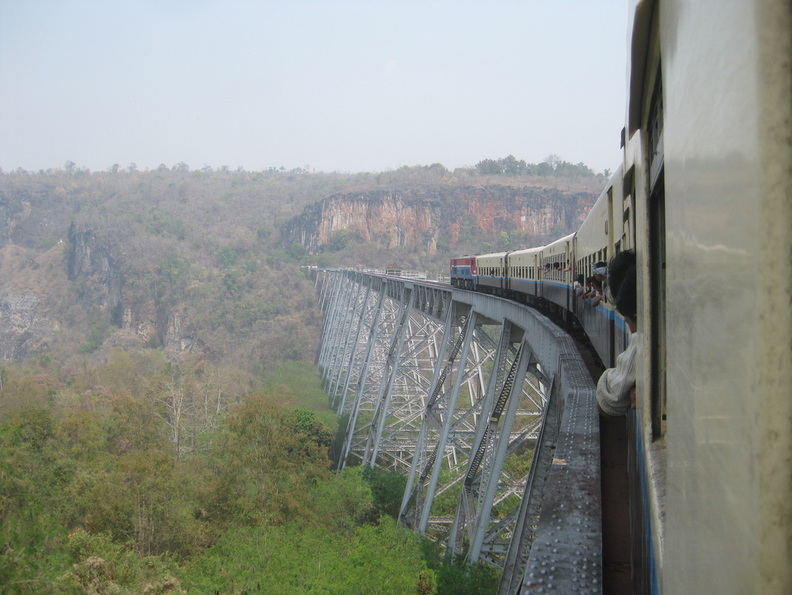
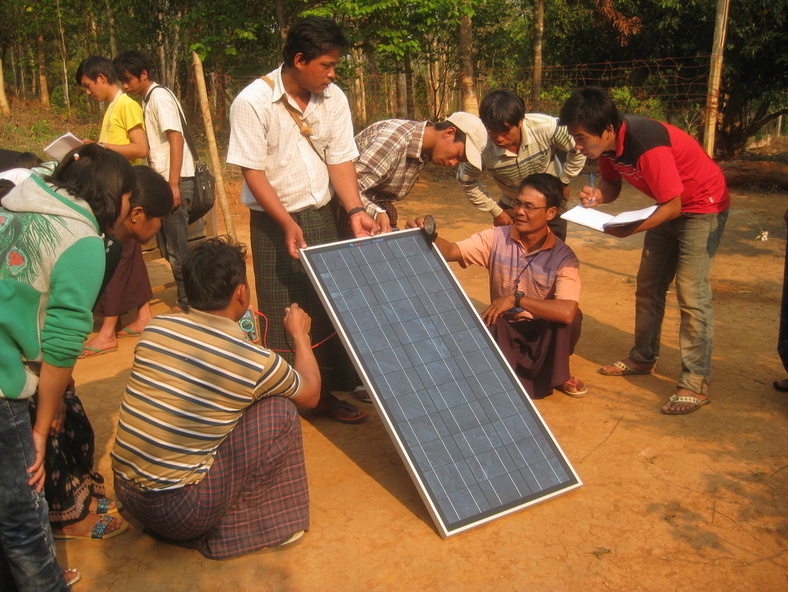
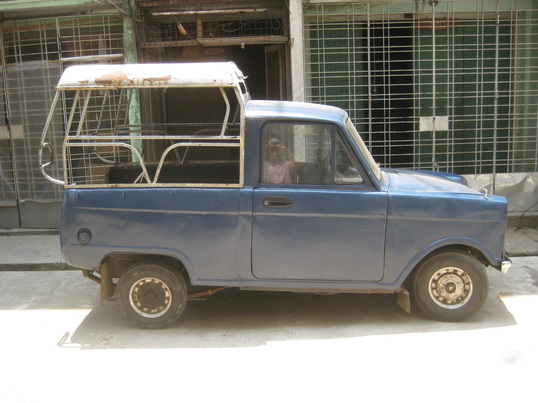
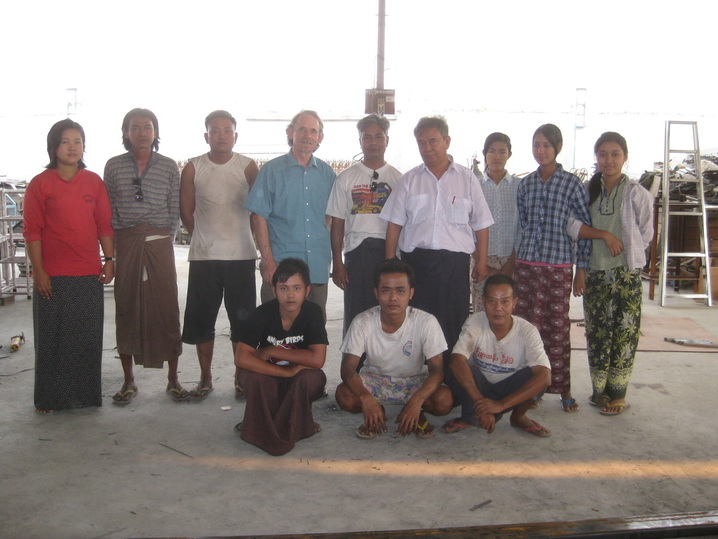
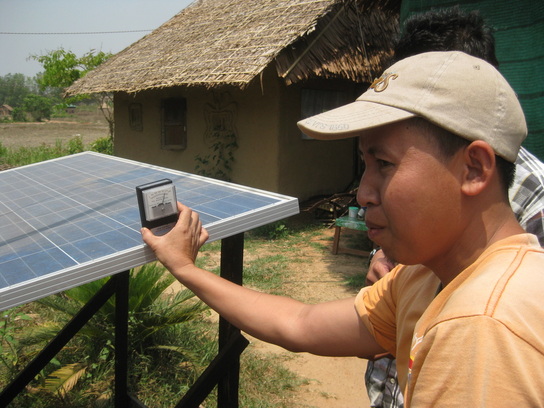
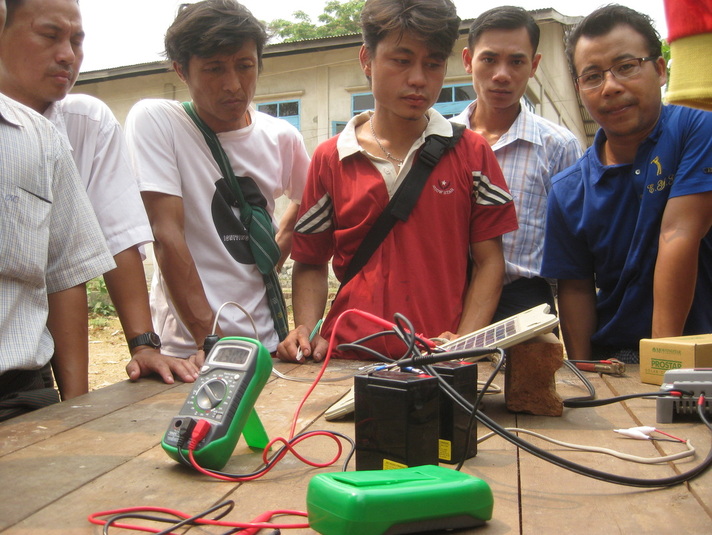
 RSS Feed
RSS Feed